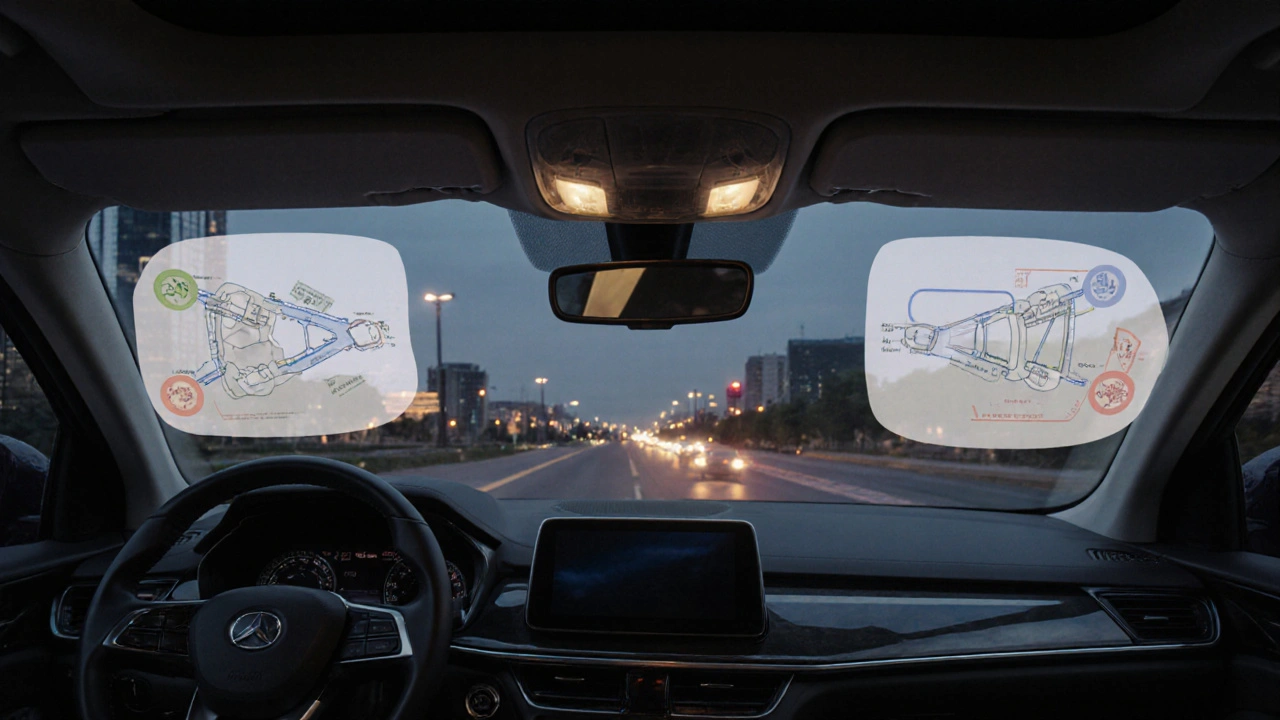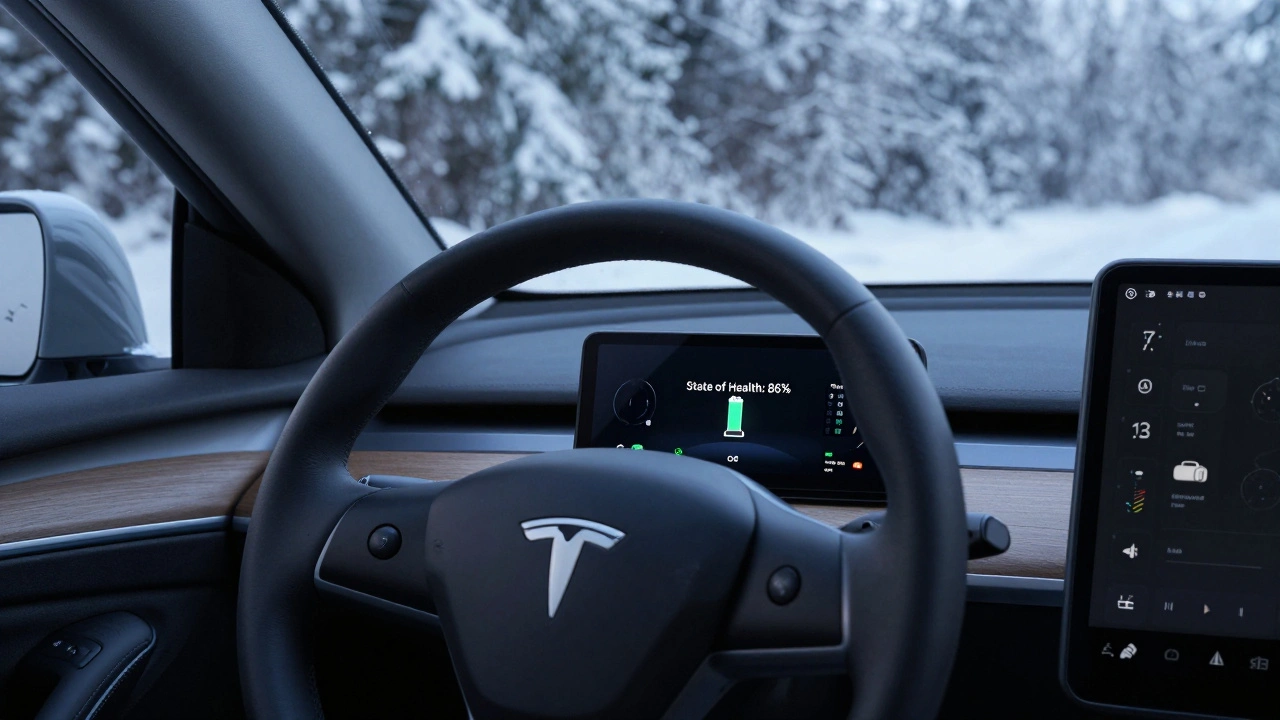Crash Avoidance Technology: How It Keeps You Safe
When talking about Crash Avoidance Technology, systems that detect and prevent collisions before they happen. Also known as Collision Avoidance System, it blends sensors, software, and mechanical actions to give drivers a safety net. Crash avoidance technology isn’t a single gadget; it’s an ecosystem that includes many related tools.
Core Pieces That Make Up the System
One major piece is Advanced Driver Assistance Systems, a suite of features like adaptive cruise control and blind‑spot monitoring that help drivers make better decisions. Another essential component is Collision Detection Sensors, radar, lidar, and camera units that constantly scan the road for obstacles. Together they enable Automatic Emergency Braking, a function that applies the brakes automatically when an imminent crash is detected. Finally, Lane Keep Assist, technology that nudges the steering wheel to keep the vehicle centered in its lane rounds out the safety net. These four entities create a web of protection: crash avoidance technology includes collision detection sensors; collision detection sensors enable automatic emergency braking; automatic emergency braking works hand‑in‑hand with lane keep assist; lane keep assist is a core feature of advanced driver assistance systems.
Why does this matter to everyday drivers? Because each element reduces the chance of a crash in a specific scenario. Sensors spot a car that’s braking hard ahead, the system decides a collision is likely, and the brakes engage in milliseconds—faster than any human reaction. If the car drifts toward a barrier, lane keep assist gently steers it back. When all these parts talk to each other, the whole vehicle becomes smarter than the sum of its parts.
Most modern cars ship with at least a basic version of these tools, but there’s a huge gap between entry‑level and premium implementations. Entry models might only have forward‑looking radar for emergency braking, while luxury trims add 360‑degree cameras, predictive AI, and even driver‑monitoring cameras that warn you if you look away. Understanding the differences helps you pick a vehicle that matches your safety needs and budget.
Maintenance is another angle many owners overlook. Sensors can get dirty, lenses can fog, and software updates are essential to keep algorithms current. A quick visual check of the camera lenses and a quarterly software scan can keep the system humming. Some manufacturers release over‑the‑air updates that add new detection capabilities, like recognizing cyclists in low light.
If you’re already driving a car equipped with crash avoidance technology, you don’t have to be a tech guru to benefit. Most systems give audible alerts, visual warnings on the dashboard, and sometimes haptic feedback through the steering wheel. Treat those signals as early warnings, not annoyances. Ignoring them defeats the purpose of having a safety net.
When shopping for a new vehicle, ask the dealer for a demo of each feature. Sit in the driver’s seat, watch how the camera views appear on the screen, and trigger a test of the emergency brakes in a safe environment. Seeing the technology in action builds confidence and lets you compare how aggressive or subtle each system feels.
Beyond personal cars, crash avoidance technology is reshaping fleet management and ridesharing. Companies can lower insurance costs by installing high‑grade ADAS packages across their fleets. Data from these systems can also highlight risky driving habits, allowing managers to coach drivers and improve overall safety metrics.
Looking ahead, the next wave will blend crash avoidance tech with full autonomy. As self‑driving algorithms become more capable, they’ll lean heavily on the same sensors and braking logic we see today. That means the standards set now will influence how safe fully autonomous vehicles become in the coming decade.
Below you’ll find a curated set of articles that dive deeper into each of these components—how they work, what to look for when buying, and tips for keeping them in top shape. Whether you’re a beginner curious about basic safety features or an experienced driver wanting to fine‑tune your vehicle’s protection suite, the collection has something for you. Explore the posts to get practical advice, real‑world examples, and the latest trends in crash avoidance technology.

Must‑Have Safety Features in Modern Cars
- 10 Comments
- Oct, 13 2025
Discover the most important safety features in modern cars, from airbags to advanced driver assistance systems, and learn how to choose the right package for your needs.




